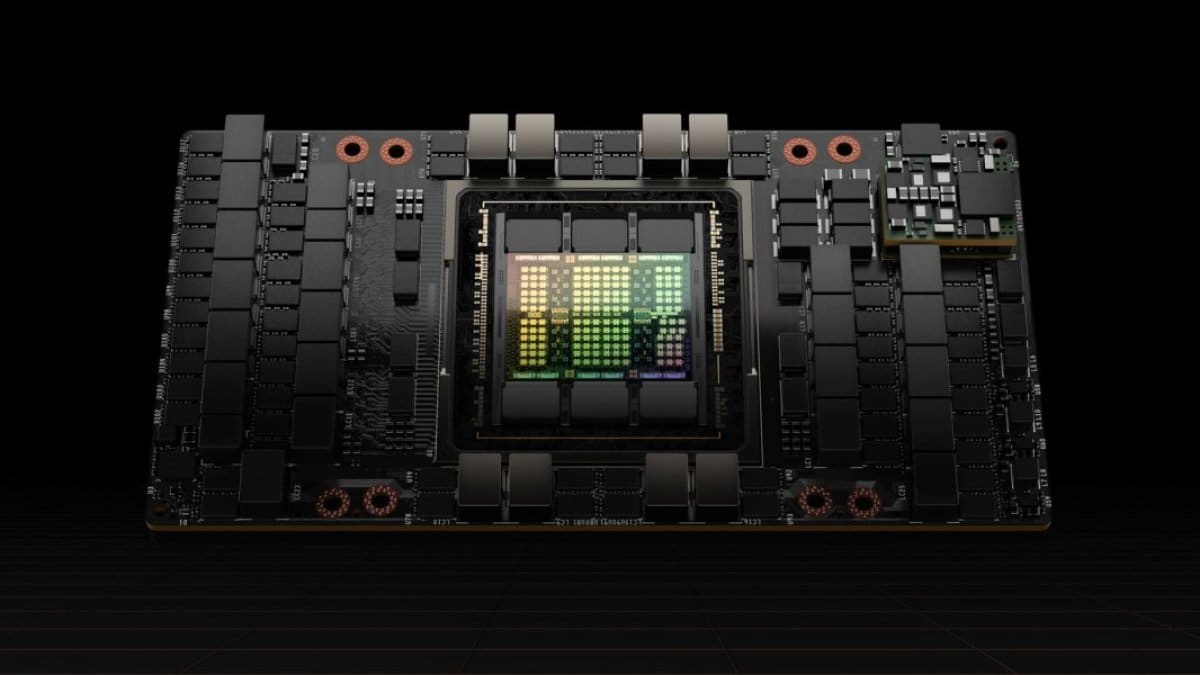Sure! Here’s the translation:
—
The company will adapt its high-performance AI hardware to comply with U.S. export controls, thus maintaining its presence in a market that accounts for 13% of its global revenue.
NVIDIA is not willing to easily give up on the Chinese market. Following increased restrictions imposed by the U.S. government on the export of advanced technology for artificial intelligence, the company has chosen to adapt one of its flagship GPUs: the H20, specifically designed to meet the performance limits imposed on sales in China.
According to El Chapuzas Informático, the new trimmed version of the H20 will be launched in July 2025 and aims to align with the technical criteria established by the U.S. Department of Commerce to avoid the need for export licenses that previously hindered its marketing in Chinese territory.
The H20: From flagship chip to compromise solution
The H20 GPU was the most powerful in NVIDIA’s line that could still be exported to China under previous regulations. However, in April it was added to the list of restricted products, forcing the company to substantially modify its design to continue operating in that market.
Although all the changes have not been officially detailed, sources close to the plan indicate that the trimmed version of the H20 will feature:
- Significant reduction in memory capacity.
- Decreased bandwidth and computational power.
- Possible limitations on high-performance interconnections (NVLink or others).
A balance between politics, business, and technology
The United States has been limiting China’s access to strategic technologies for artificial intelligence for years, including not only GPUs like those from NVIDIA but also advanced machinery for chip manufacturing. The restrictions aim to curtail the development of the Chinese technology ecosystem, especially in areas with dual-use potential (civil and military).
Nevertheless, these measures also directly affect U.S. companies. NVIDIA acknowledged that China accounts for approximately 13% of its total revenue, making it crucial to maintain a viable, albeit limited, offering in this market for its financial results.
China is far from standing still
Despite the sanctions, China has accelerated the development of local alternatives, boosting companies like Biren Technology, Huawei Ascend, and other AI manufacturers working with proprietary architectures or ARM licenses. However, the production capacity and energy efficiency of Chinese GPUs are still far from competing with NVIDIA’s H100 and H20 lines.
This new strategic trim could allow NVIDIA to stay in the game without violating regulations, but it also implies an acknowledgment that U.S. industrial policy is forcing tech companies to rethink their products to continue selling.
Conclusion
The case of the trimmed H20 reflects how geopolitics is directly shaping the evolution of artificial intelligence hardware. NVIDIA, like many other companies in the sector, must navigate between innovation, regulatory pressure, and the need to maintain its market share in key regions.
Meanwhile, the technological battle between the United States and China intensifies, and hardware remains one of its most decisive fronts.

